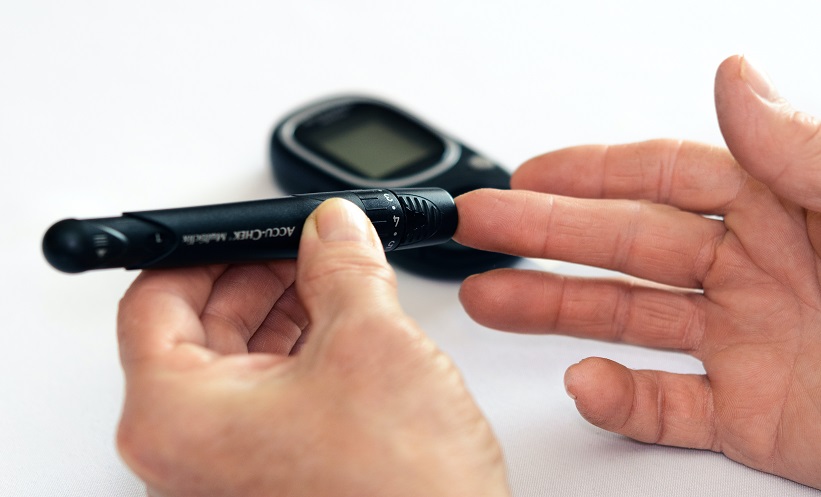A NOVEL study discovered that two common herpesviruses may play a role in impaired glucose metabolism and further increase the risk of Type 2 diabetes among infected patients. The research was based on health data for 1,967 subjects in the KORA (Cooperative Health Research in the Augsburg Region) population-based health research platform in Southern Germany.
Herpesviruses cause lifelong dormant infections in infected individuals. There are eight types of herpesviruses, including cytomegalovirus (CMV); human herpesviruses 6, 7, and 8; and herpes simplex viruses (HSV) 1 and 2. Type 2 diabetes is a metabolic disease, which had a global prevalence of approximately 9.3% in 2019. There are several associated risk factors for Type 2 diabetes. It has been suggested that viruses may play a role in the development of Type 1 diabetes, whereby the pancreas stops producing enough insulin. Prediabetes diagnosis is based on whether an individual exhibits impaired glucose tolerance or impaired fasting glucose. Research has demonstrated that people with prediabetes have a higher prevalence rate relative to people with normal glucose tolerance.
In the present study, participants underwent health examinations between 2006 and 2008, and at follow-up between 2013 and 2014. The researchers tested for the presence of human herpesviruses, performed oral glucose tolerance tests, and measured glycated haemoglobin. At the start of the study, the median age was 54 years, with 962 (49%) males and 999 (51%) females. Of these, 528 (42%) males and 729 (58%) females had normal glucose tolerance. Tests were conducted to identify the presence of antibodies to seven human herpesviruses, which would indicate primary and dormant infections. The following variables, known to be linked to diabetes risk, were also assessed at the beginning of the study: sex, age, BMI, years of education, smoking status, leisure time, parental diabetes, and hypertension (blood pressure higher than 140/90mmHg).
The incidence of prediabetes was 27.5% at the start of the study and 36.2% at follow-up, while Type 2 diabetes was present in 8.5% of participants at baseline and 14.6% at follow-up. Within the cohort of 1,257 participants with normal glucose tolerance at baseline, 364 progressed to prediabetes, while 17 developed Type 2 diabetes during the mean follow-up period of 6.5 years. The authors established that age, BMI, and smoking were all associated with an individual’s risk of developing both prediabetes and Type 2 diabetes. The results showed that HSV2 and CMV were associated with the incidence of prediabetes in participants with normal glucose tolerance at the start of the study, which was independent of other risk factors. Individuals with HSV2 were 59% more likely to develop prediabetes than those who were seronegative, while CMV infection was associated with a 33% increased prediabetes prevalence.
The authors commented: “Our study suggested that while (pre)diabetes incidence was primarily explained by age, BMI, cholesterol and fasting glucose, both HSV2 and CMV added additional complementary risk information, despite high viral prevalence and co-occurrence.”







